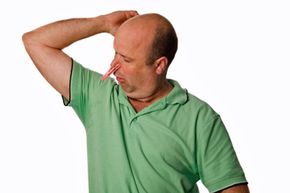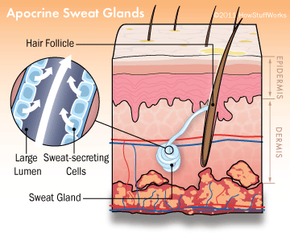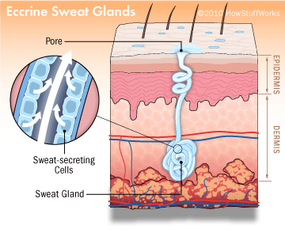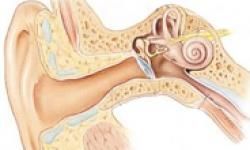Raise your hand if you've ever been on a bus or in any other cramped quarters next to someone who just smelled bad. On second thought, never mind.
The fact is, all mammals smell. In the wild, the odors produced by animals help them identify each other and choose healthy mates. In humans, one of the first ways newborns bond with their mothers is through their sense of smell. Studies have shown that little ones find the scent of their mother more comforting than that of any other woman, while other research shows that our individual scents are as unique as our fingerprints [sources: The New York Times, Thompson]. The U.S. Department of Homeland Security is even conducting experiments to not only identify people through their odor types but also figure out when they're lying.
Advertisement
Even though shouts of "You've got B.O.!" at a school playground might cause the scientifically minded to reply, "Of course, we all do!" the fact remains that when people talk about body odor they're speaking of the unpleasant, sometimes eye-watering kind found in a football team's locker room at game's end. Or at far too many convention halls.
So what is it that causes the body to smell like an unwashed elephant from time to time? The answer that immediately springs to mind is, of course, sweat. But that's only a part of the story. Sweat, on its own, is odorless. The smell that betrays us on first dates and job interviews is actually a product of digestion. And it's not from our stomachs.
Advertisement





